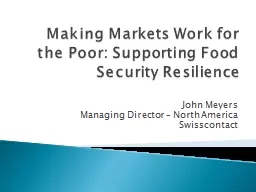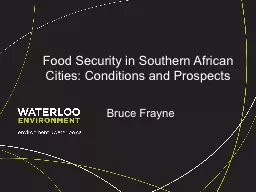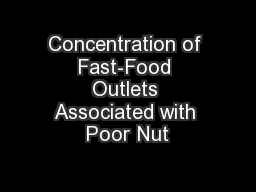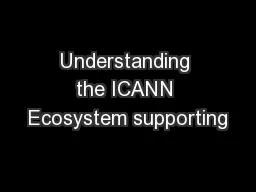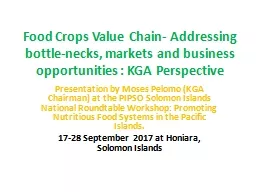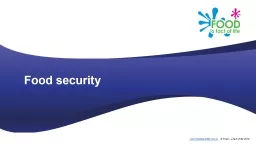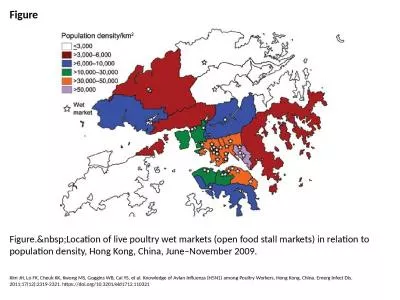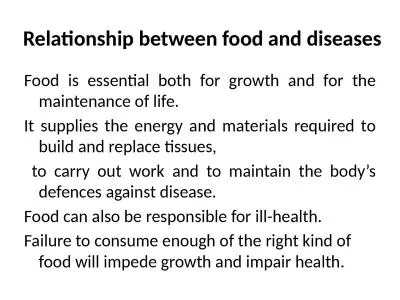PPT-Making Markets Work for the Poor: Supporting Food Security
Author : ellena-manuel | Published Date : 2018-01-16
John Meyers Managing Director North America Swisscontact Programs should not only strengthen the households or communitys productive capacity but also strengthen
Presentation Embed Code
Download Presentation
Download Presentation The PPT/PDF document "Making Markets Work for the Poor: Suppor..." is the property of its rightful owner. Permission is granted to download and print the materials on this website for personal, non-commercial use only, and to display it on your personal computer provided you do not modify the materials and that you retain all copyright notices contained in the materials. By downloading content from our website, you accept the terms of this agreement.
Making Markets Work for the Poor: Supporting Food Security: Transcript
Download Rules Of Document
"Making Markets Work for the Poor: Supporting Food Security"The content belongs to its owner. You may download and print it for personal use, without modification, and keep all copyright notices. By downloading, you agree to these terms.
Related Documents

